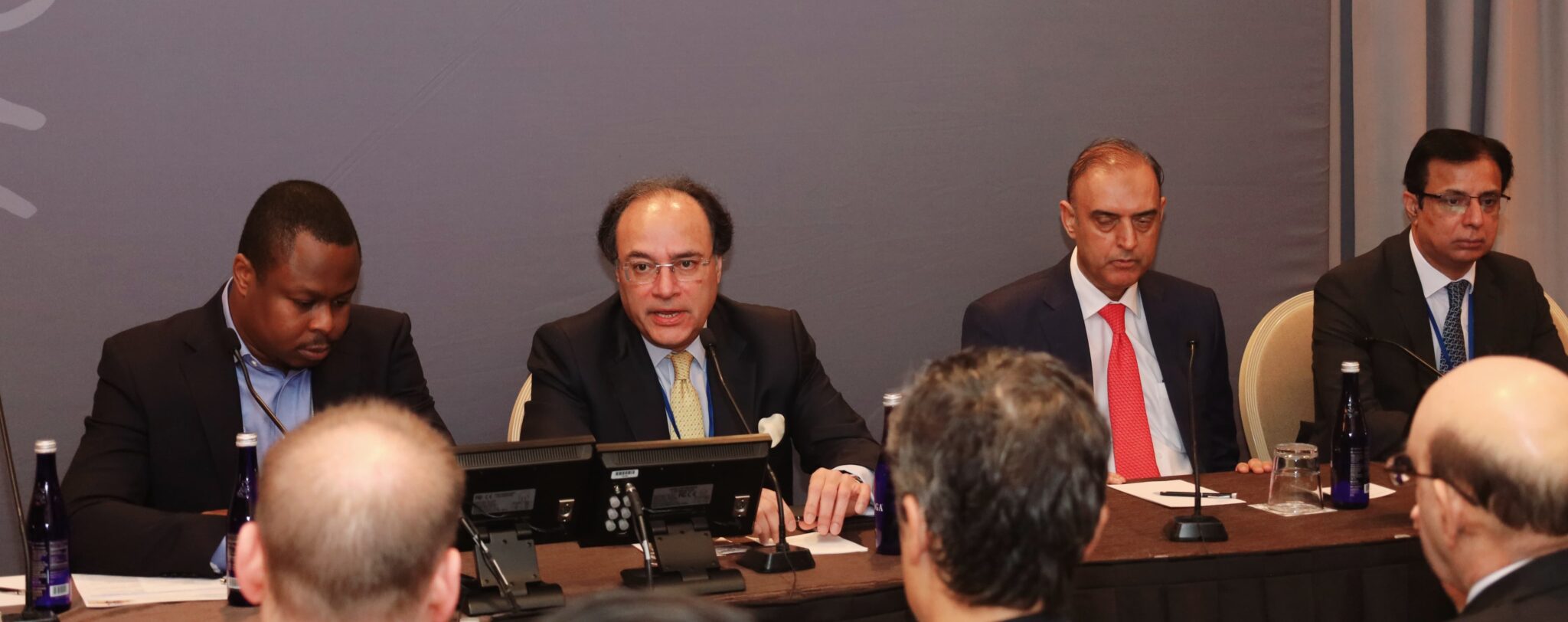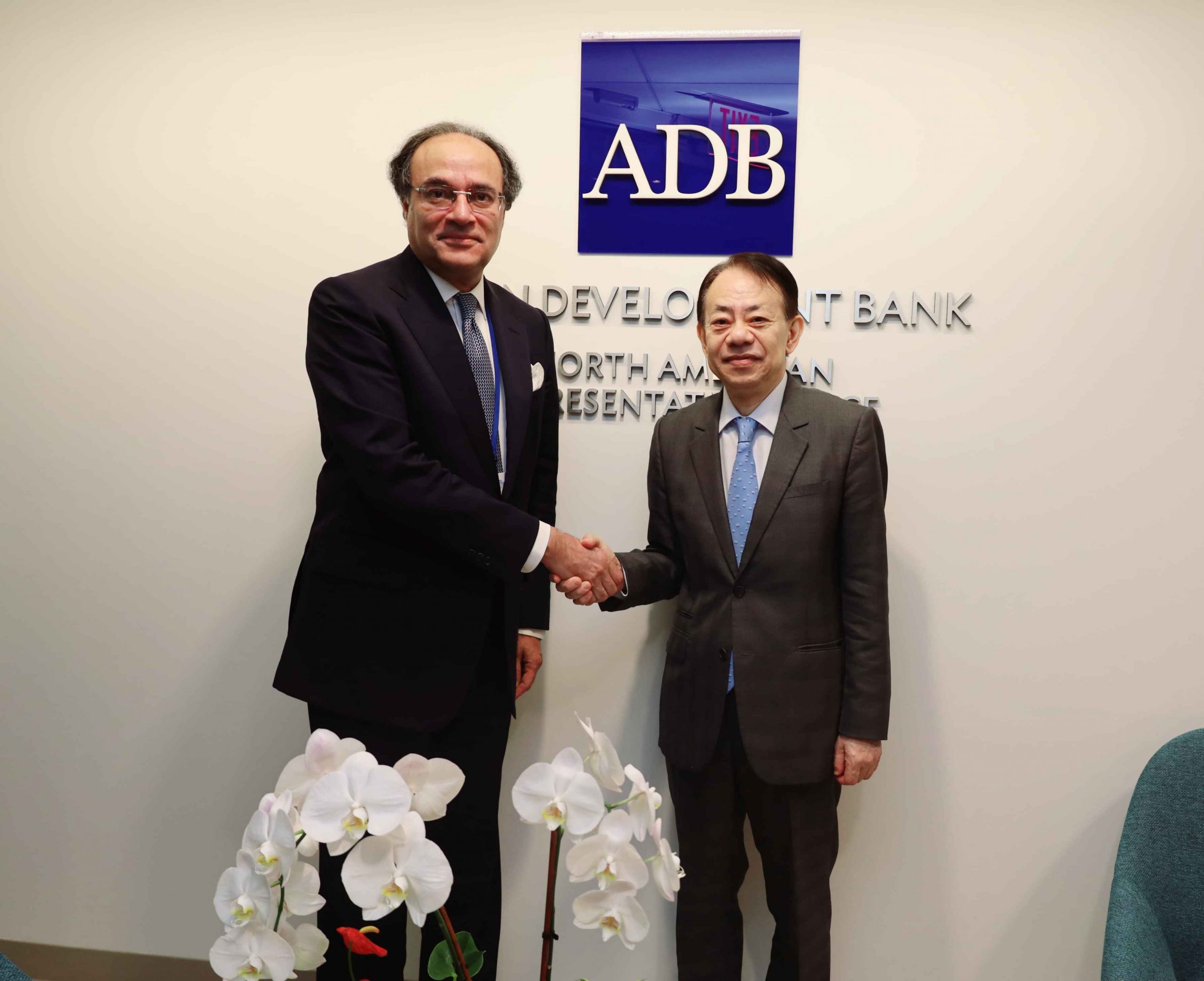Over the past decade, Pakistan has faced chronic energy shortages and substantial underinvestment in infrastructure. The authorities estimate the cost of these challenges to the economy at about 2 percent of GDP per annum.
According to the report of International Monetary Fund released from Washington on Thursday, excessive reliance on furnace oil amid rising oil prices combined with administrative and operational inefficiencies and inadequate tariff setting produced large and persistent losses in the power sector which, in turn, led to the accumulation of power sector arrears (so-called “circular debt”), underutilization of existing capacity, and underinvestment in new energy supply. The resulting gap between demand and supply of energy was manifested in power outages averaging 10–12 hours a day in FY2012/13.
Alongside, public investment averaged only about 3.5 percent of GDP-substantially lower than the average of over 6 percent of GDP in other emerging economies.
The authorities' reforms have led to notable improvement in recent years. Lower oil prices, combined with efforts to bring power tariffs closer to cost recovery as well as improved collections and reduced losses have helped bring power outages to about 6 hours a day on average in the residential sector and less than two hours a day in the industrial sector in FY2015/16.
In parallel, accumulation of circular debt has slowed down and efforts to raise tax revenue and rationalize expenditure have created space to expand the public sector development program by 0.5 percent of GDP cumulatively over the last three years.
Alongside, Pakistan has embarked on a wide-ranging initiative to increase and diversify its energy supply and improve infrastructure to help realize the country's growth potential. The China-Pakistan Economic Corridor (CPEC) is a large package of investment projects, potentially totaling about $55 billion (19 percent of FY2015/16 GDP) over the next decade, aimed at upgrading infrastructure, boosting and diversifying energy supply, and improving regional trade connectivity thereby stimulating investment.
The estimated size of CPEC will likely to change over time. The analysis below is based on realization of 19 CPEC projects ($17.7 billion in energy sector and $5.9 billion in infrastructure) and several non-CPEC energy sector projects ($25.4 billion), which are either in advanced planning stages or already in the process of implementation. Investments in the energy sector include a combination of generation projects based on coal and liquefied natural gas, hydro power stations, nuclear power plants, and several solar and wind farms. Substantial investment has already taken place and, going forward, inflows are expected to peak at about $12 billion, gradually declining in the following four years.
The authorities have facilitated a variety of financing modalities for the various investment plans. CPEC infrastructure and transport projects are financed by long term concessional government borrowing from China. CPEC projects in the energy sector involve foreign direct investment and commercial borrowing from Chinese financial institutions, either by majority foreign-owned joint ventures or Chinese investors.
Financing of non-CPEC energy projects ranges from private domestic financing to private commercial as well as government concessional borrowing from international financial institutions.
If implemented on schedule, these investments could help close Pakistan's power deficit and significantly improve energy costs and the fuel mix. The current investment plans envisage an addition of about 24 GW in installed capacity, of which 8.6 GW owing to CPEC, over the next 7–9 years. Assuming annual growth in energy demand of around 6 percent and an average capacity utilization of 85 percent, this expansion will help eliminate Pakistan's deficit of about 6 GW in 2016 to a surplus as early as end-2018. In the process, Pakistan's reliance on furnace oil (30 percent of the fuel mix in 2015) would be significantly reduced, making the energy sector more independent and resilient to abrupt changes in international oil prices.
Alongside, these investments will provide a boost to Pakistan's GDP. This boost will likely come in three stages: construction, power generation once the installed capacity becomes operational, and-over time-second-round effects on broader economic activity owing to increased productivity, lower costs, and improved trade connectivity owing to improved infrastructure.
The first two stages (direct contribution) will likely materialize in the next several years, while the second-round effects will likely accrue more gradually and could lead to a significant contribution in the long run, although the exact impact will depend on many other supportive factors.
At the same time, Pakistan's investment initiatives will likely create long-term balance of payments outflows. In the medium term, the operation of these projects will require balance of payments (BoP) outflows in the form of loan repayment, profit repatriation, and imports of input fuel. These outflows- which will be moderated by the expected savings from phasing out of the oil-based electricity generation -are expected to rise in the next several years, peaking at about $3.5–$4.5 billion by FY2024/25 (1.2– 1.6 percent of FY2015/16 GDP) and gradually declining in the long run. A slower growth of energy demand or a faster phasing out of oil-based energy generation capacity, among other factors, will help lower these outflows.
Exports will need to increase substantially to meet the increased foreign currency financing needs. A positive impact of these projects on exports will further offset the expected outflows in the medium term. However, the effect of these investment initiatives will likely accrue gradually over time given the time required to build up additional export capacity from productivity improvements.
These considerations warrant policymakers' attention to two priority areas in order to realize the transformational potential of Pakistan's investment program while maintaining external stability: •
Generating export revenue and further building the external buffers. Taking advantage of the still low oil prices to substantially augment the foreign exchange reserves of the State Bank of Pakistan (SBP)will be important to cushion the period of increased BoP outflows. Strong and sustained reform efforts aimed at raising exports by improving competitiveness and the business climate will be critical to maintain long-term external sustainability and realize the potential benefits of CPEC from improved energy supply and transport infrastructure.
IMF reports adds that routing the increased generation capacity through a loss-making distribution sector could result in faster accumulation of circular debt and fiscal costs, as well as undermine long-term financial sustainability of the new energy projects. Therefore, despite the recent progress, a significant acceleration of energy sector reforms, including strengthening of governance in the distribution companies (DISCOs), attracting private investment to reduce line losses and improve metering and collection, and maintaining a strong and enabling regulatory framework will be important in the period ahead.
Looking ahead, containing fiscal costs, maintaining a supportive environment for all investments, and a gradual phasing in of new external commitments will help maintain macroeconomic stability and strengthen growth sustainability. In this context, it would be important to rationalize and limit tax incentives and exemptions; maintain uniformity of the tax regime with respect to all investments; and synchronize phasing in of new external commitments with the expected balance of payments trends.







